Celiberti Giorgio
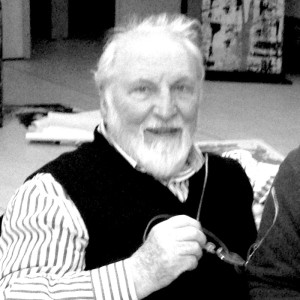
Artworks for sale
Giorgio Celiberti Affreschi
Opere su tela o tavola del Maestro Giorgio Celiberti, in mostra a San Pietro in Atrio e alla galleria MAG a disposizione dei collezionisti.









































Giorgio Celiberti Gioielli
Gioielli in argento creati dal Maestro Giorgio Celiberti. Pezzi unici

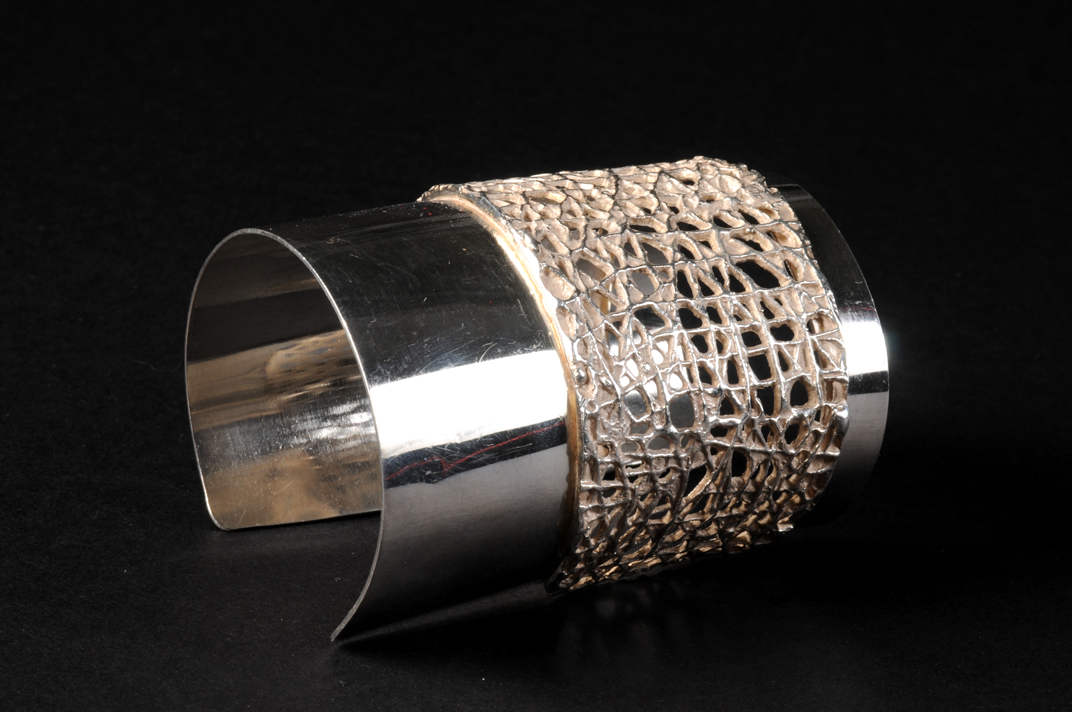
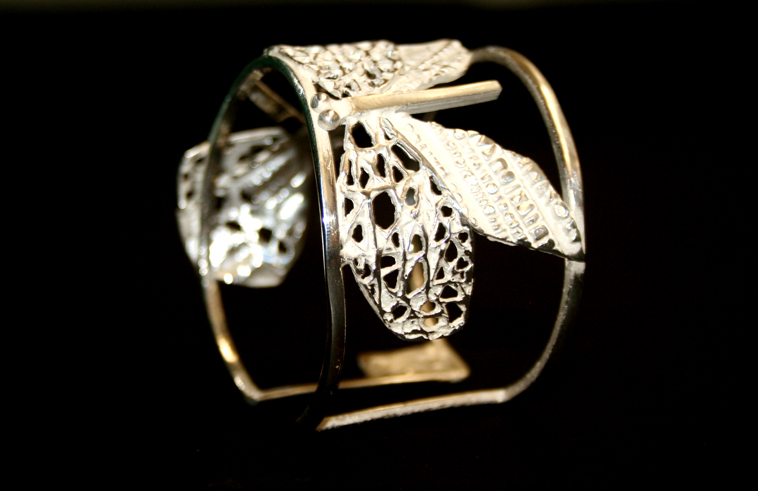
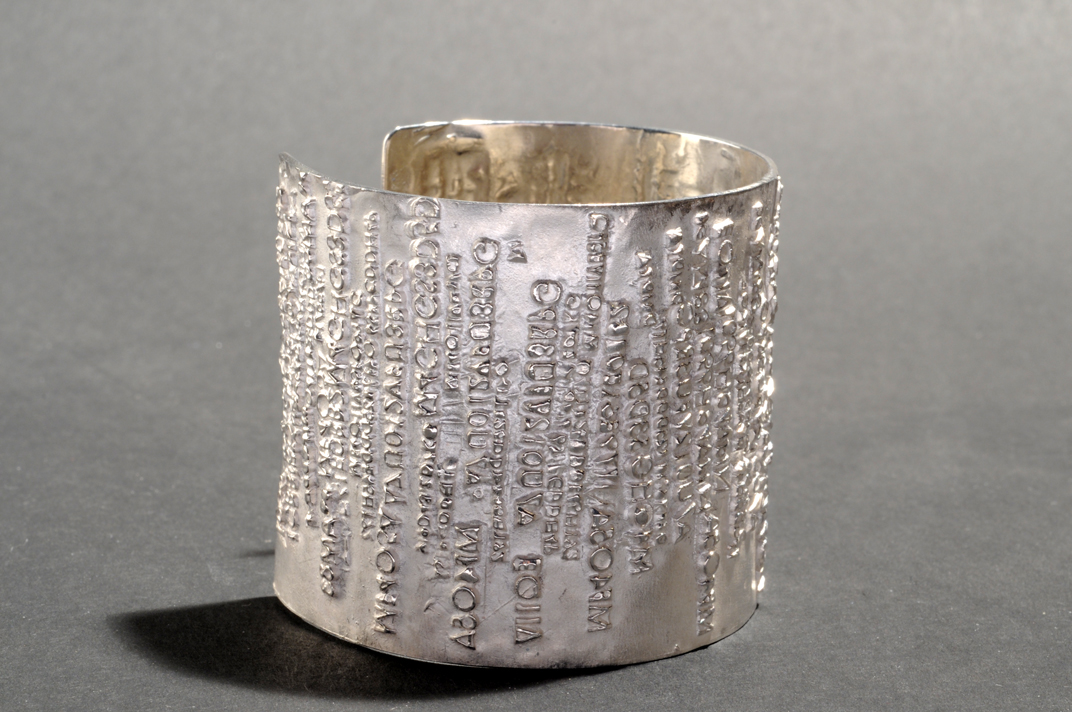
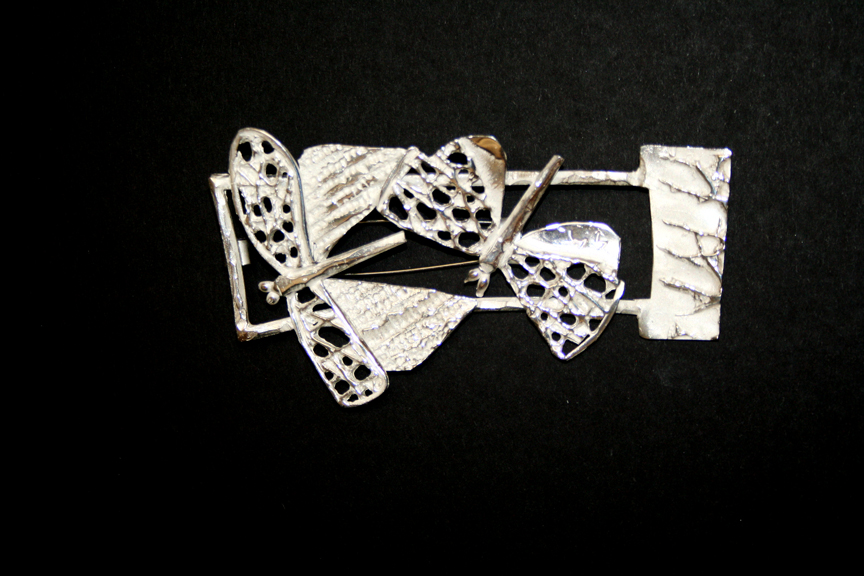
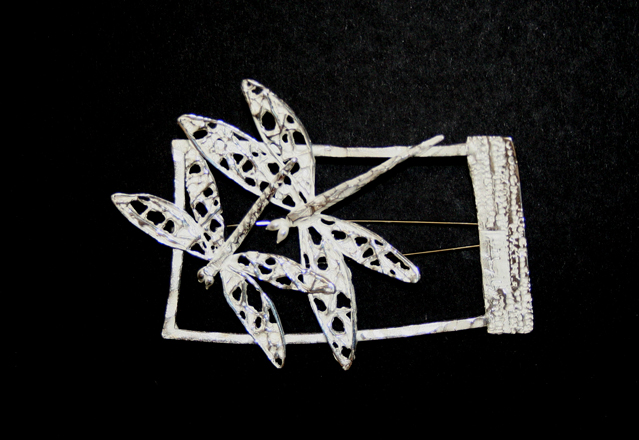
Giorgio Celiberti Terracotte policrome
Opere del Maestro Giorgio Celiberti su terracotta policroma. Eseguite tra il 1983 e il 1996
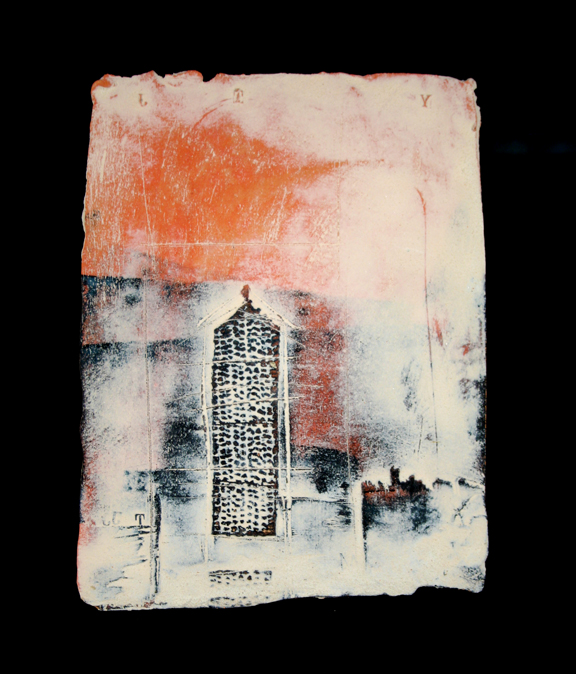
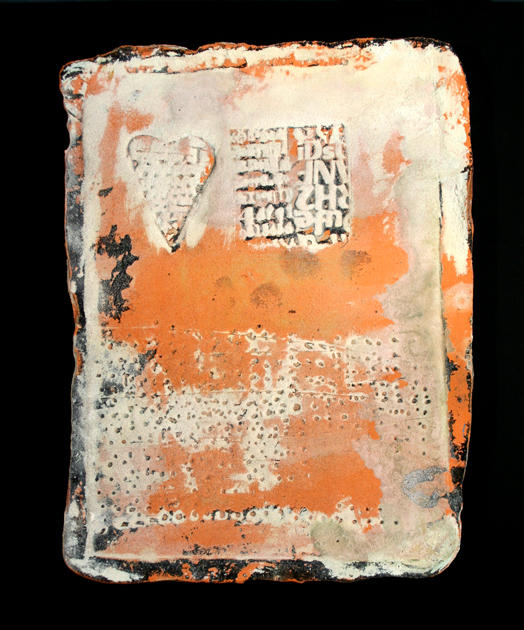
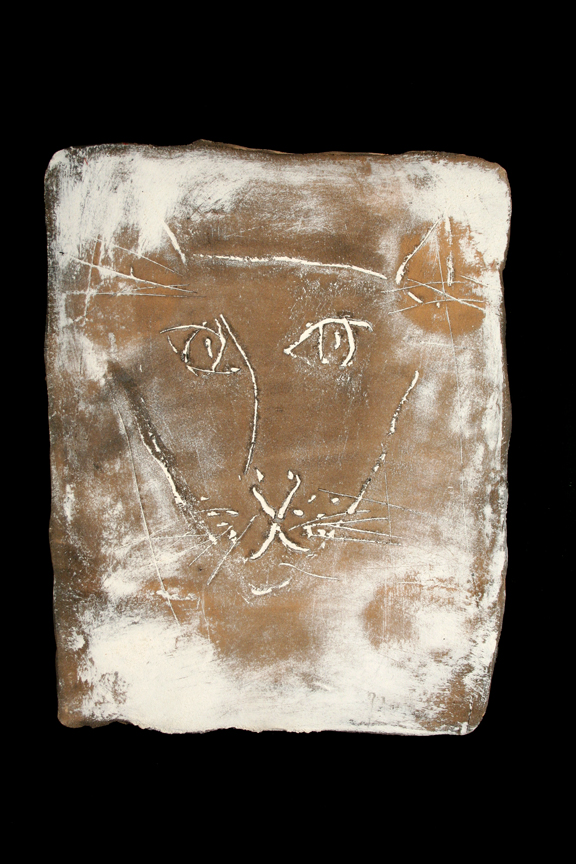
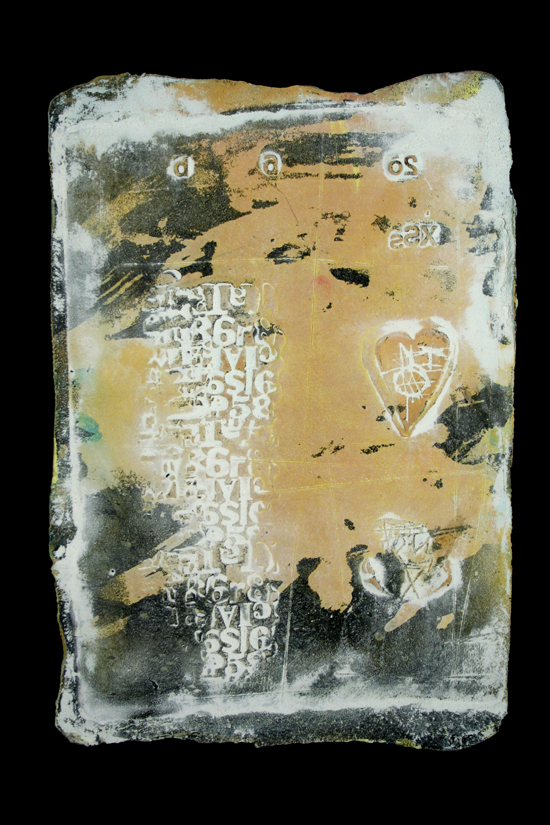
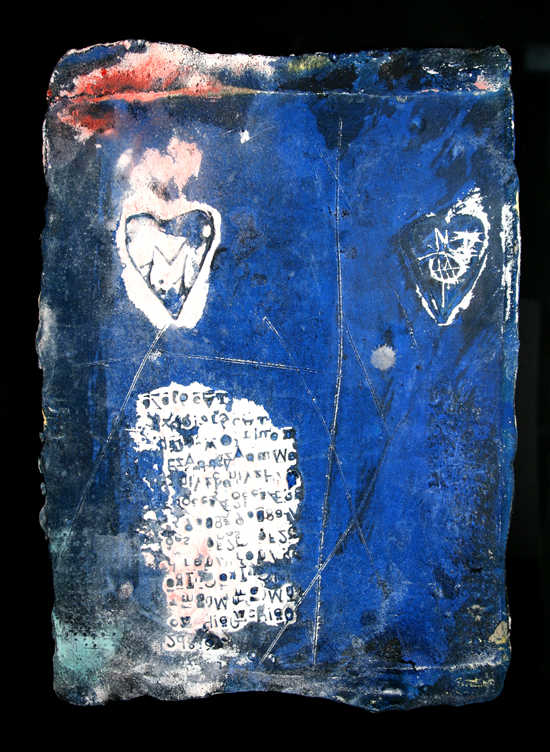
Biography
Giorgio Celiberti was born in Udine in 1929. He started to paint at a very young age and participated at the Biennale of Venice in 1948, when he was only nineteen years old. In Venice he attended the High School of Arts and then in the study of Emilio Vedova. In the lagoon city he shared a ‘study-room’ with Tancredi and he frequented Carlo Ciussi, Marco Fantoni, and Romano Parmeggiani, who lived in Venice, in the same period, a period of apprenticeship. Following in the footsteps of his uncle Modotto, who was one of the most important painters of the Thirties in Udine, in the early Fifties, Celiberti moved to Paris where he came into contact with the leading representatives of figurative culture from over the Alps. Then he began a series of trips that will remain central to his formation: in 1956 he won a scholarship from the Ministry of Education that allowed him to stay in Brussels, where he was able to complete his research on the avant-garde. From 1957 to 1958 he was in London, in the years dominated by the expressionism of Bacon and Sutherland. A tireless traveller, curious, inwardly tormented by a fever of innovation and knowledge, he went on to live in the United States, Mexico, Cuba, and Venezuela. From these experiences he obtained a repertoire of marks and techniques, which he reworked in subsequent years. After returning to Italy, he moved to Rome for a long and fruitful period, where he attended the leading artists of the Italian scene. The return to Udine, in the Mid-Sixties, allowed Celiberti to initiate a process of self-reflection, which is still ongoing and full of creative outcomes, always characterized by that consuming desire for experimentation. In 1965 there was an event which caused radical change in his art; a visit to the concentration camp of Terezin, near Prague, where thousands of Jewish children, before being murdered by the Nazis, left touching traces of their tragedy in graffiti, drawings, short phrases of a diary and a book of poems. In 1975 the Walls Anthropomorphic were born from reflection on the artfacts of the necropolis of Porto, in Fiumicino, of paleo-christian Rome, of Roman Aquileia and of Lombard Cividale. From the Sixties he started to focus on sculpture, even if his creative activity has been characterized, with increasing emphasis, by an original symbiosis between plastic and pictorial expression. The first works in bronze, stone and ceramics were dedicated to the monumental themes of horses and knights, followed by an original wildlife gallery: cats, birds and goats. Later the sculpture left the setting to monumental grandeur as a means to build a private conversation with the traces of an ancestral past, which seem to emerge from a unconscious collective, from which the artist appears as an inspired spokesman. In affinity with the archaeological thematic of painting he created the “Splinters”, the “Steles”, which resemble remote tombstones engraved with enigmatic hieroglyphic inscriptions, and the Low Reliefs, similar to fragments of lost civilizations sunk in an immemorial past. He has participated in prestigious exhibitions of art in Italy and abroad, including: the Biennale of Venice, the Quadriennale of Rome, the Esso Award, Burano Award, Marzotto, Michetti, La Spezia, San Marino, Autostrada del Sole, International Award of Fiorino, exhibition of New Italian Painting in Japan. Over one hundred solo exhibitions. Among the most significant: Paris (1953 and 1982); London (1956); Dallas (1963); New York (1963); Toronto (1976); Vienna (1978); Amsterdam (1979); Nova Gorica (1982); Novo Mesto (1983); Jaffa, Jerusalem and Tel Aviv (1983); Brussels and Strasbourg (1987); Salzburg, Los Angeles (1989); London, Dusseldorf, Barcelona (1990); Madrid and Paris (1992); Millstadt, Gent (1993); Chicago (1995) and the Museum of Zagreb (1998). He also exhibited several times in Bologna, Florence, Genoa, Palermo, Rome, Turin, Trieste, Venice, Verona and obviously Udine. In 1980 A retrospective of his painting was staged at the Galleria Spazzapan of Gradisca d’Isonzo (Gorizia). In the spring of the following year for the exhibition at the Villa Simes Contarini in Piazzola sul Brenta (Padua), he placed in the park large sculptures in bronze, stone and steel to dialogue with the hundreds of paintings presented in the rooms. The experience of Villa Simes was further developed in the summer of 1985 and in the parks of the Venetian Villas of Carbonera (Treviso). In the same year Celiberti, invited by the City and by the Society of tourism in Trieste, placed for a whole year monumental “Steles” in steel and resins in the main streets and squares of the town, bronze sculptures in the Castle of San Giusto and stone sculptures in the Castle of Miramare. The exhibition moved from Trieste to Udine, through the city, at the castle and at the Friulano Center of Plastic Arts. In the late Eighties and early Nineties, prestigious exhibitions continue in Italy and abroad including: the exhibition at the Pagani Foundation of Legnano (1987); the retrospective at the Villa Varda of Brugnera in Pordenone, at the Palace of Diamonds in Ferrara, at the Art L.A. of Los Angeles (1989); Exhibitions at the Gallery Davico of Turin, at the Gallery Forni of Bologna, at the Art London of London, at the Art Forum of Dusseldorf, at the Sala Pares of Barcellona, solo exhibition at the Giulia Gallery of Roma (1990); exhibitions at the Arco of Madrid, at the Gran Palais of Paris, at the Salone di Settembre of Venice, at the Gallery Rotta of Genova and a new retrospective of painting and sculpture in the spaces of the G. E. Ghirardi Fondazione of Villa Simes Contarini in Piazzola sul Brenta (1992); a solo exhibition at the Gallery Annunciata of Milan, an exhibition of frescoes at the Gallery B. S. of Venice, an exhibition of monumental bronzes in the city of Millstaetter in Austria (1993). In 1991 Celiberti also created two prestigious public items: the Mosaic of friendship in the atrium of the University of Ljubljana and the fresco of over 800 square meters of surface area on the vault of the hotel Kawakyu Shirahama, Japan. Other exhibitions were held in 1994 at the Costanzi Palace, at the Rice Mill of San Saba in Trieste and at the FIAC in Paris. In January 1996 a retrospective exhibition opened at the Palazzo Sarcinelli in Conegliano and was followed by another at the Castle of Pergine (Trento). In 1997, an exhibition of paintings and sculpture was included in the events at Villa Manin of Passariano. In 1998 the expositive activity testified the growing interest in sculptures of the artist: sculptures of Celiberti were included in a European set placed in the ramparts of the walls of Treviso, Lignano hosted other monumental sculptures and the artist had a personal exhibition at the gallery Orentsanz Angel Foundation of New York, at the Museum of Saint Paul de Vence and at the Museum of Zagreb. In the international scene he exhibited his works in Umag, Ljubljana, and Munich between 1999 and 2000, and in the Jubilee year 2000 he created a cross of three metres high for the Church of Fiumesino (Pordenone). Numerous exhibitions were held in this period, both in Italy and abroad. Among the most of note are: an exhibition in 2002 at the former ghetto of Vittorio Veneto and in the halls of the former University of Bergamo. In 2003 Celiberti won the Prize Sulmona and in 2004 his hometown, Udine, dedicated him a retrospective exhibition at the “Giovanni da Udine” Theatre with a broad overview of his recent productions. In 2005, the Museum Villa Breda in Padua hosted “Giorgio Celiberti Antologica dalla Biennale a Giotto” and Prince Emanuele Filiberto of Savoy gave the MART of Trento and Rovereto, a large painting of Celiberti, which was placed in the permanent collection of the Museum. In 2006 he had a solo exhibition at the Casa Museo of the “Cima da Conegliano” Foundation. In 2008 several sculptures of the artist were placed in the most important places of the historical centre of Cividale del Friuli. In 2009 major exhibitions were staged at the Jewish Museum of Venice in Rome, Rosazzo Abbey and Munich. The artist continues to live and work in Udine.